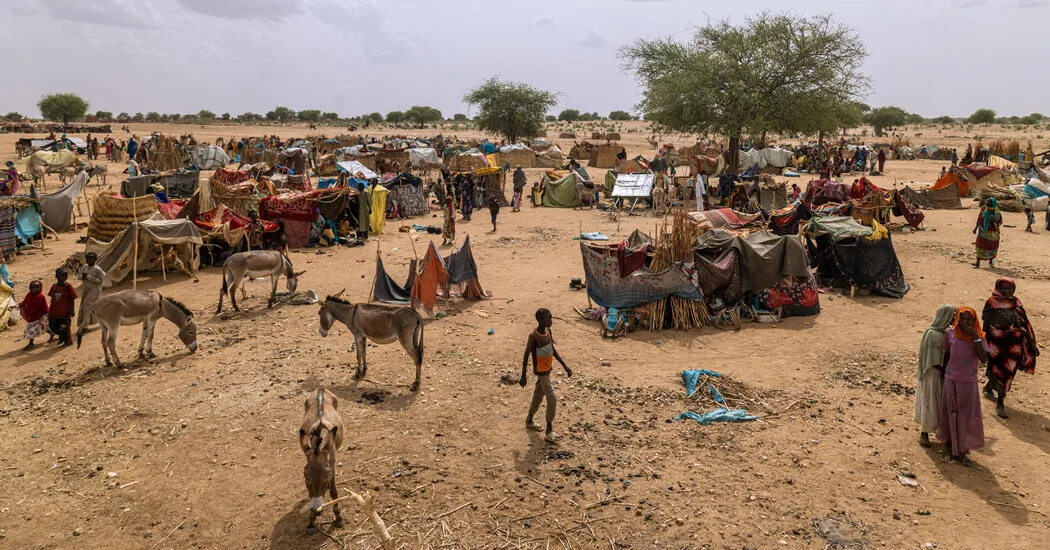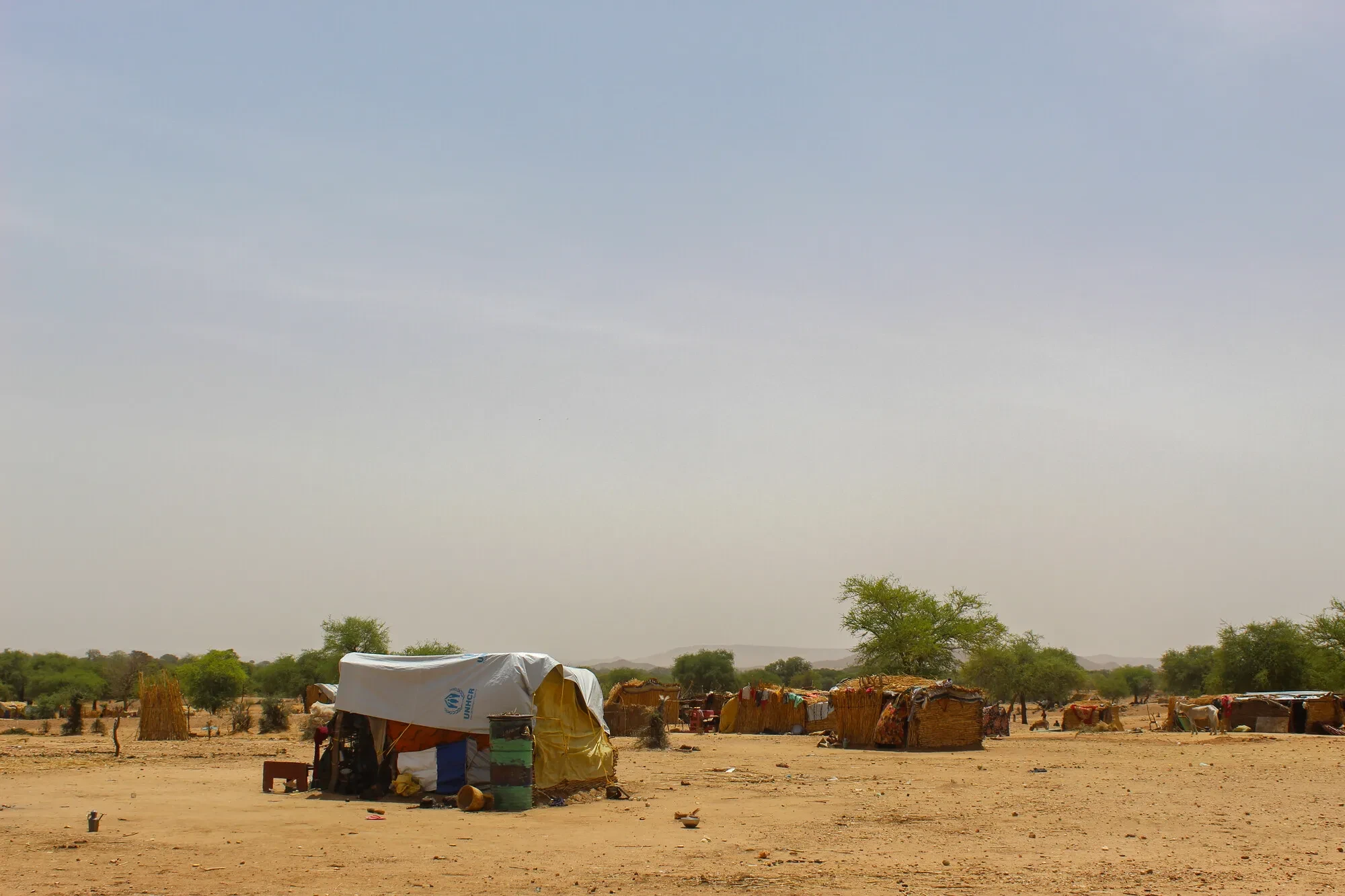Hundreds of thousands of Sudanese refugees, primarily women and children, are enduring a dire humanitarian crisis in Chad's desert camps, grappling with rising malnutrition and a severe lack of medical care.

October 8, 2025

Source:
NPR
Displacement Crisis Overwhelms Chad
Sudan's ongoing war has ignited one of the world's most severe displacement crises, forcing millions from their homes and pushing neighboring countries to their limits. Chad, in particular, is facing a staggering humanitarian challenge.
As of September 2025, Chad is hosting over 1.2 million Sudanese refugees. According to the United Nations High Commissioner for Refugees (UNHCR), more than 878,000 of them have arrived since the conflict escalated in April 2023.
A Crisis of Women and Children
The demographics of this crisis are stark. Women and children make up an estimated 87% of the refugee population. They often arrive alone, malnourished, and traumatized by the violence they have fled.
Many have suffered severe rights violations.
Children have lost family members to bombings and face grave injuries.
The journey itself is perilous, leaving deep physical and psychological scars.
Within Sudan, the situation is even more catastrophic, with an estimated 12 million people displaced internally, further destabilizing the region.
Keep up with the story. Subscribe to the PR+ free daily newsletter

Source:
The New York Times
Life in the Desert Camps
Refugees are settled in remote areas of eastern Chad, an arid and underdeveloped region where resources are exceptionally scarce. Essential services are either nonexistent or dangerously out of reach.
Malnutrition and Healthcare Collapse
Access to food and clean water is severely limited, causing malnutrition rates to soar, especially among children and pregnant women. "I have searched and searched for help," one woman reported, a sentiment echoed across the camps.
Medical assistance is often a life-threatening journey away. The story of Makka Ibraheem Mohammed, who endured a traumatic ambulance ride with a ruptured uterus while in labor, highlights the lethal distances involved. The few health facilities that exist are completely overwhelmed, leading to preventable deaths.
No Livelihood, No Hope
There are virtually no opportunities for work in the isolated settlements. Families are left entirely dependent on humanitarian aid, which is dwindling due to funding shortfalls and logistical challenges. This leaves thousands living a hand-to-mouth existence with no clear path to self-sufficiency.
Read More

Source:
CARE
Share this news:




















